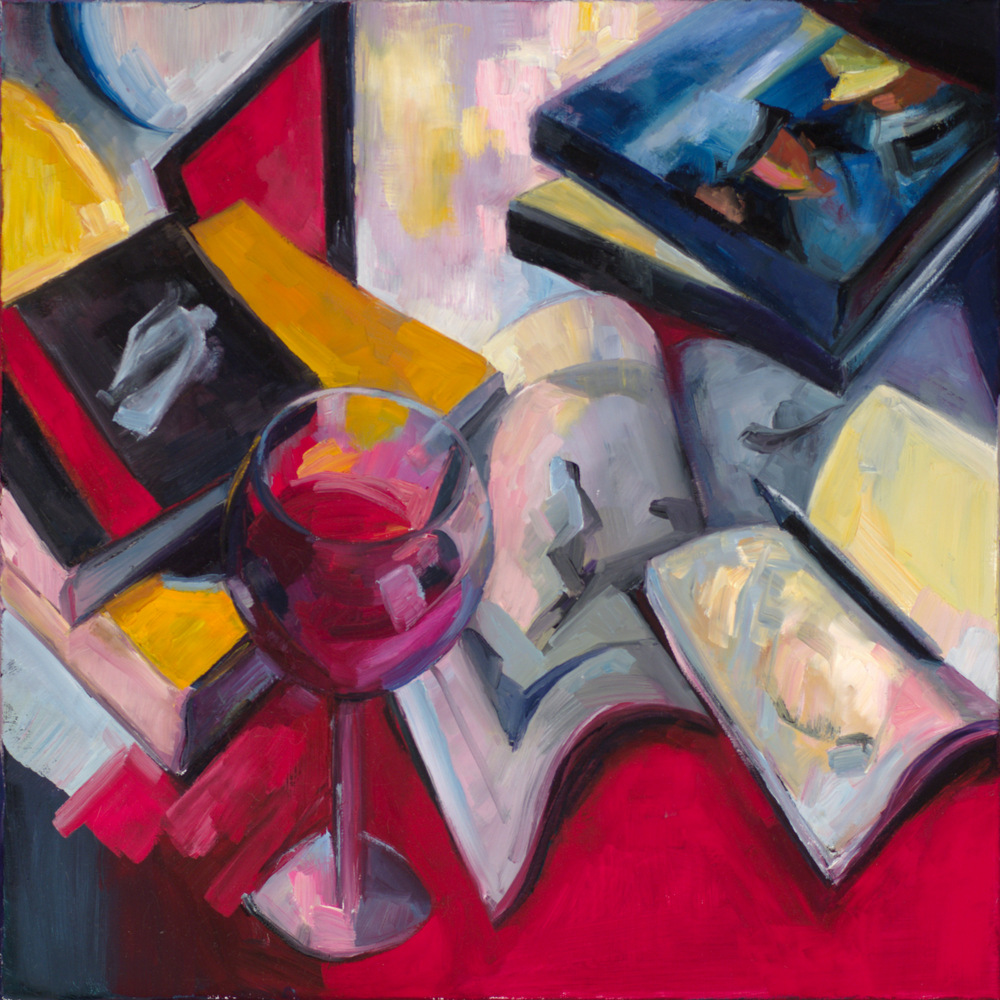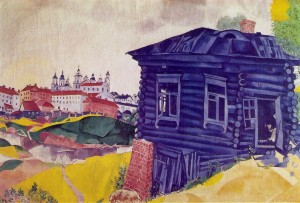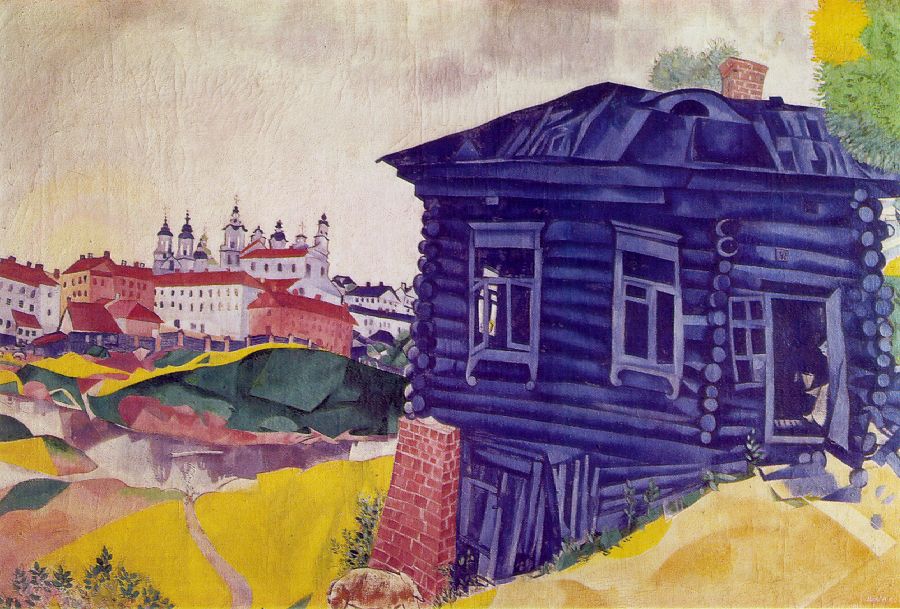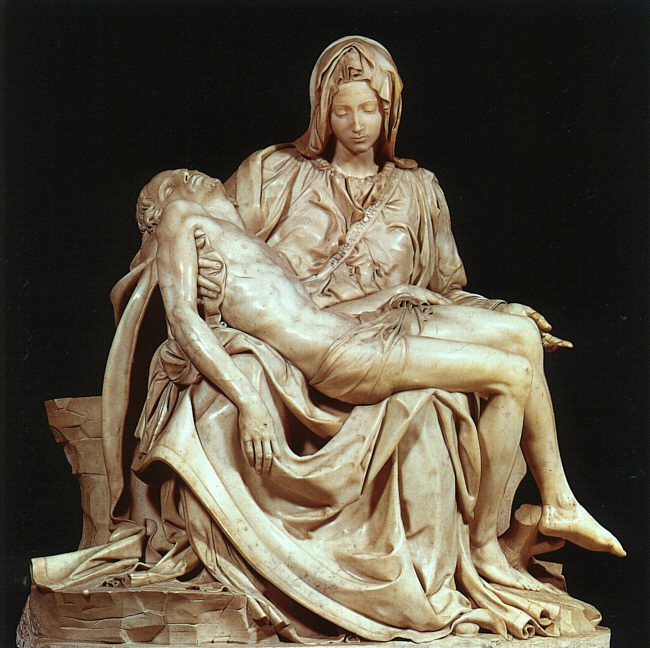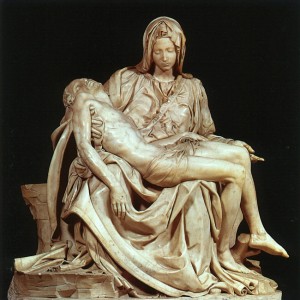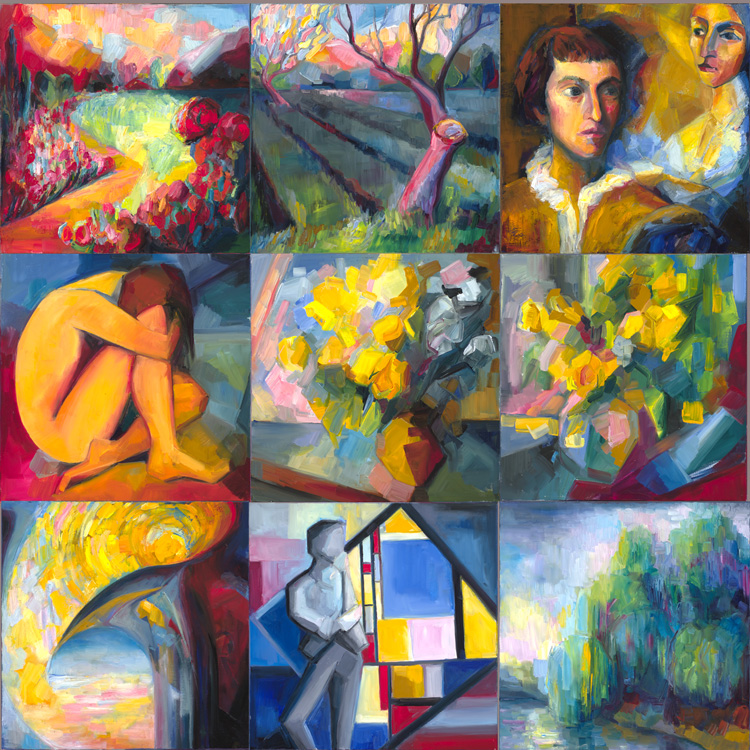There has been a long pause in this blog’s reports of my work on the sonnets series. On the surface, it’s just because we had been delaying a photo session: so, although there are many more completed sonnet paintings, I didn’t have a proper photo to share. But there is a deeper reason (isn’t there ever?): I’ve been feeling like I’ve lost track – not with the painting process per se, but with my writing about it here.
It seems I’ve fallen into the life-long habit of academic writing, which implies “proving”, justifying an original insight in the manner currently accepted within the corresponding academic discipline; making it compelling to one’s peers according to established conventions. Except almost neither of these words and concepts apply here: there is no discipline of translating poems into paintings; no conventions; and it is not remotely possible to make a painting compelling with words if it doesn’t stand on its own.
What’s more, it seems increasingly clear to me that this writing style wasn’t designed to reveal, but rather to hide, even (and primarily) from myself, the profound, overwhelming effect this endeavour has on me (or, as Shakespeare would have probably written, on my self), how it has been changing me. That’s exactly what I wanted to happen, but, apparently, I wasn’t prepared for the enormity of this effect. See, for this whole thing to make any sense, I had to let these sonnets deep inside, very deep indeed; and they are powerful poems. Still, after all these centuries, with more energy in them than there is in some human beings, it seems. And however far removed from my life’s outer circumstances the dramatic plot of this sequence, yet the themes they touch, the internal conflicts they lay bare – they are as essential and fundamental to me as they are to anyone; including you.
This basic truth is one of the major motivations behind this series, and the writing on this blog can only be meaningful inasmuch as it brings it closer to you. But, as it seems, I am having a hard time internalizing this truth myself; maybe because these poems are telling me more about my self than I am quite prepared to acknowledge? I am not quite sure. One thing is clear, though: I have to resolve this whole thing within before I can find a new, more authentic, approach to writing here; and it’s much more important than to keep a regular schedule.
I honestly don’t know how long it will take. It maybe that I will write about the next sonnet tomorrow. Or maybe I will delay it till the pre-birthday process of taking stock of my life is over (the process which is more profound this year than it had ever been before): then it will be after April 13. Or even after Shakespeare’s birthday…? I frankly don’t know anything except this: if I am to write about this, it has to be done as genuinely, authentically, openly as the sonnets call for. I have to give it my all, and I will: I just have to figure out how…
